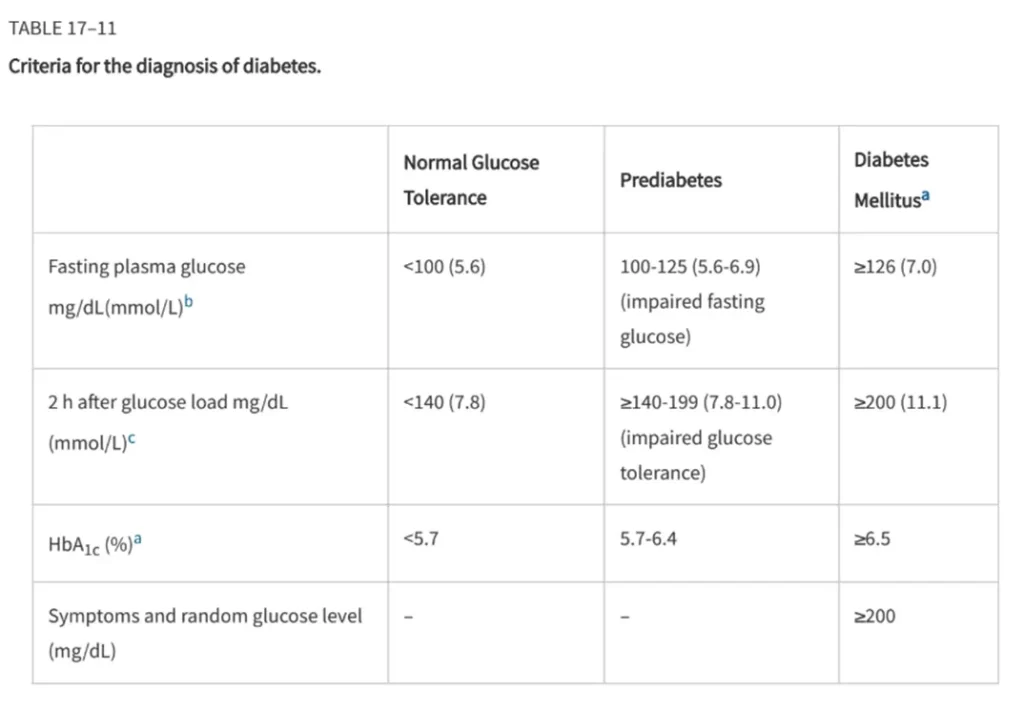Hypoglycemia (Low Blood Sugar)
How is sugar normally used in the body?
- When you consume carbohydrates (bread, fruit, sweets, etc.), enzymes in the mouth, stomach and pancreas begin breaking it down into its most basic part: glucose.
- Cells will take in glucose, either directly, or, most frequently with the help of insulin secreted by the pancreas.
- When the body is hungry, insulin is barely made at all. When the body has just been fed, insulin production is high, to help your cells use glucose.
- People who do not have diabetes can tolerate blood sugar levels that go quite low. Women especially are evolved to handle blood sugars even as low as 35.
- All of the processes involved in normal glucose action are extremely well regulated.
What do NORMAL sugars usually look like?

What happens during HYPOglycemia?
- As blood sugar falls, insulin production slows down, and a different hormone called glucagon is made in the pancreas.
- Glucagon makes the body use the back-up supplies of sugar (called glycogen) in the liver and muscles.
- The body notices this drop in blood sugar and “feels hungry.” If blood sugar continues to fall, the body will feel more symptoms: rapid heart rate, sweating, anxiety, shakiness, confusion and in severe cases, it’s possible to faint.
What causes hypoglycemia? There are many!
- Lab interference – what we call “artifactual hypoglycemia”
- Illness – certain infections, chronic diseases, severe illness, etc.
- Medications – various publications show us that about 175 different types of prescriptions can cause low blood sugar! Everything from antibiotics to blood pressure medications.
- Alcohol – large quantities of alcohol can block the body’s ability to restock its glucose stores.
- Malnourishment – either from starvation or deficiencies in the body’s ability to absorb nutrients from the gut. Sometimes from bariatric surgery for weight loss.
- Low cortisol – this is a very serious consideration, because the body MUST have cortisol in order to live.
- Excess insulin – has many different forms
- Receiving insulin injections when the body doesn’t need it.
- Pancreatic tumors that make extra insulin (VERY rare!)
- Overactive pancreas cells that make more insulin than they should.
- Autoimmune causes – when a patient has antibodies to insulin or the insulin receptor
How do we diagnose the cause(s) hypoglycemia?
- Having a low blood sugar isn’t enough!
- We have to fulfill Whipple’s Triad:
- Symptoms of low blood sugar
- Lab-verified low blood sugar concentration
- Symptoms get better when glucose rises again
- It’s important to identify WHEN blood sugar becomes low: when fasting? After a meal? Both?
- If a person only has low blood sugar after eating, it could be a normal reaction, or will require a Mixed Meal Test to try and prove the low blood sugar.
- If a person only has low blood sugar when fasting, diagnosis usually will require a 72 hour Diagnostic Fast, and this requires time in the hospital.
How does a 72 Hour Diagnostic Fast work?
- The patient will eat a light dinner, then starting at 6pm, will not eat or drink anything except water.
- The following morning, the patient is admitted to the hospital and blood tests are performed.
- The patient continues to fast for a total of 72 hours, while going about typical daytime activities, and fingerstick blood sugar is tested every 2-4 hours.
- If at any time the patient feels their typical symptoms of low blood sugar, the fingerstick is performed. If number is less than 60, the patient’s blood is drawn.
- If the blood draw confirms the blood sugar is < 55, more labs are drawn immediately,
- After labs are complete, the patient is given a glucose rescue and resumes eating.
- We analyze the lab data to determine if the patient has excess insulin in the bloodstream when they have low blood sugar.
What happens if the Diagnostic Fast is POSITIVE?
- The patient will require ultrasound or CT scan to look for a tumor that is making the extra insulin.
- Sometimes they are really difficult to find, and the ultrasound may have to be done through an endoscope passed into the stomach through the mouth.
- If we can prove there is a tumor, we remove it by surgery, or “suffocate” it with enucleation.
What happens during a Mixed Meal Test?
- The patient is given a prescribed meal, and after eating, waits for the onset of symptoms.
- When symptoms begin, the lab draws the blood tests, and provides a glucose rescue afterward.
Resources
- www.mayoclinic.org section on Hypoglycemia
- www.webmd.com section on Non-Diabetic Hypoglycemia
- Univ of Michigan: https://www.uofmhealth.org/health-library/rt1054
Having trouble paying for medications? Try GoodRx.com for discounts or we can help you enroll at universaldrugstore.com to obtain certain medications from Canada. Livongo.com can help you get a glucometer. Also check with the drug manufacturer and http://prescriptionhelp.aace.com/ for assistance programs/coupons.